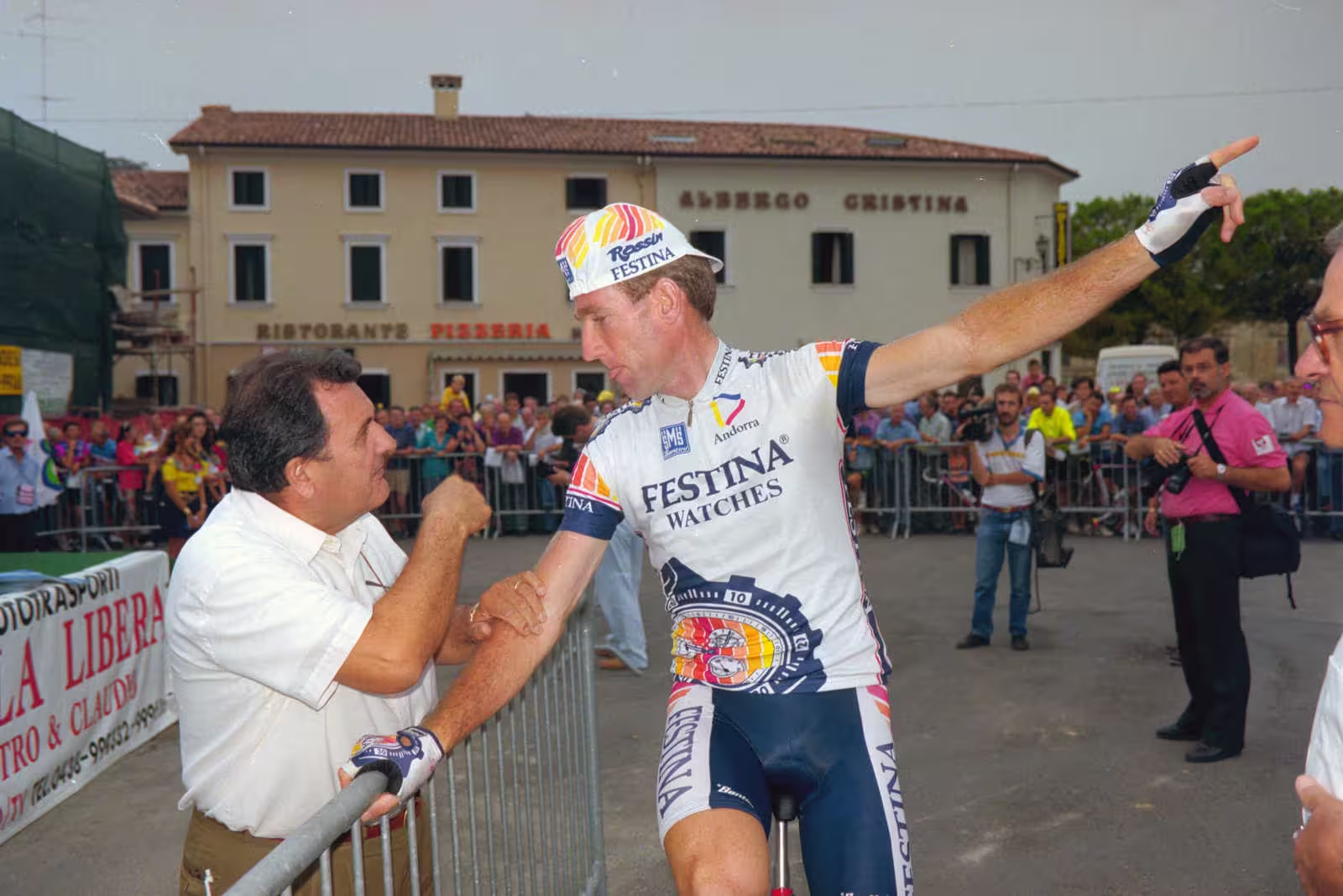After a year of serious crashes in cycling, including the death of junior Muriel Furrer, former pro Sean Kelly believes the UCI needs to step up efforts to protect cyclists.
In an interview with Velo, he said Furrer’s death is beyond tragic and should be a turning point for change in the sport.
Circuit races can be controlled better
“There is a lot of talk about safety and the parcours, the route. When you look at a world championship, you can go out and put up netting anywhere it’s dangerous at all. If it’s on the descent and there’s a risk, you can do something about it,” said the four-time winner of the green jersey. “Whereas in a race like the Tour de France or Giro d’Italia, it’s not possible because you just cannot do it on every downhill and every dangerous piece of road.”
Furrer lay unconscious for some time
Zurich police reported that Furrer suffered severe brain injuries and was airlifted to Zurich University Hospital. The 16-year-old cyclist died the next day. The crash occured on a downhill section. She was found unconscious off the route.
Kelly argued that safety can be improved on the world championship circuit, where laps are involved.
“That element of risk is probably avoidable, so make it more safe,” he said, urging the UCI to take action. He emphasized the need to address safety concerns, particularly with faster speeds a result of aero bikes, aero kits, and recent fatal accidents over the past two years. During the 2023 Tour de Suisse, another Swiss rider, Gino Mäder, also died after a crash on a descent.
There was reportedly a delay in treating Furrer after her crash. Quicker access to athletes’ GPS trackers might have hastened the response to her disappearance; however, Olivier Senn from the organizing committee noted that no such safety measures are currently required.
On GPS tracking
“If you have GPS tracking, you should be able to follow where everybody is at the moment,” Kelly said. “But it is more complicated at a world championships. I believe she was living not too far away from the circuit. If riders stop at the worlds, they sometimes just go to their hotel. Or they might stop off somewhere on the circuit. If you see the GPS location is still out on the circuit, you might think, ‘well, maybe they’re out there with friends or something.’ Are they monitored enough to see exactly where everybody is all through the races? These things do need to be looked at.”
Senn maintains that…
Click Here to Read the Full Original Article at Canadian Cycling Magazine…

